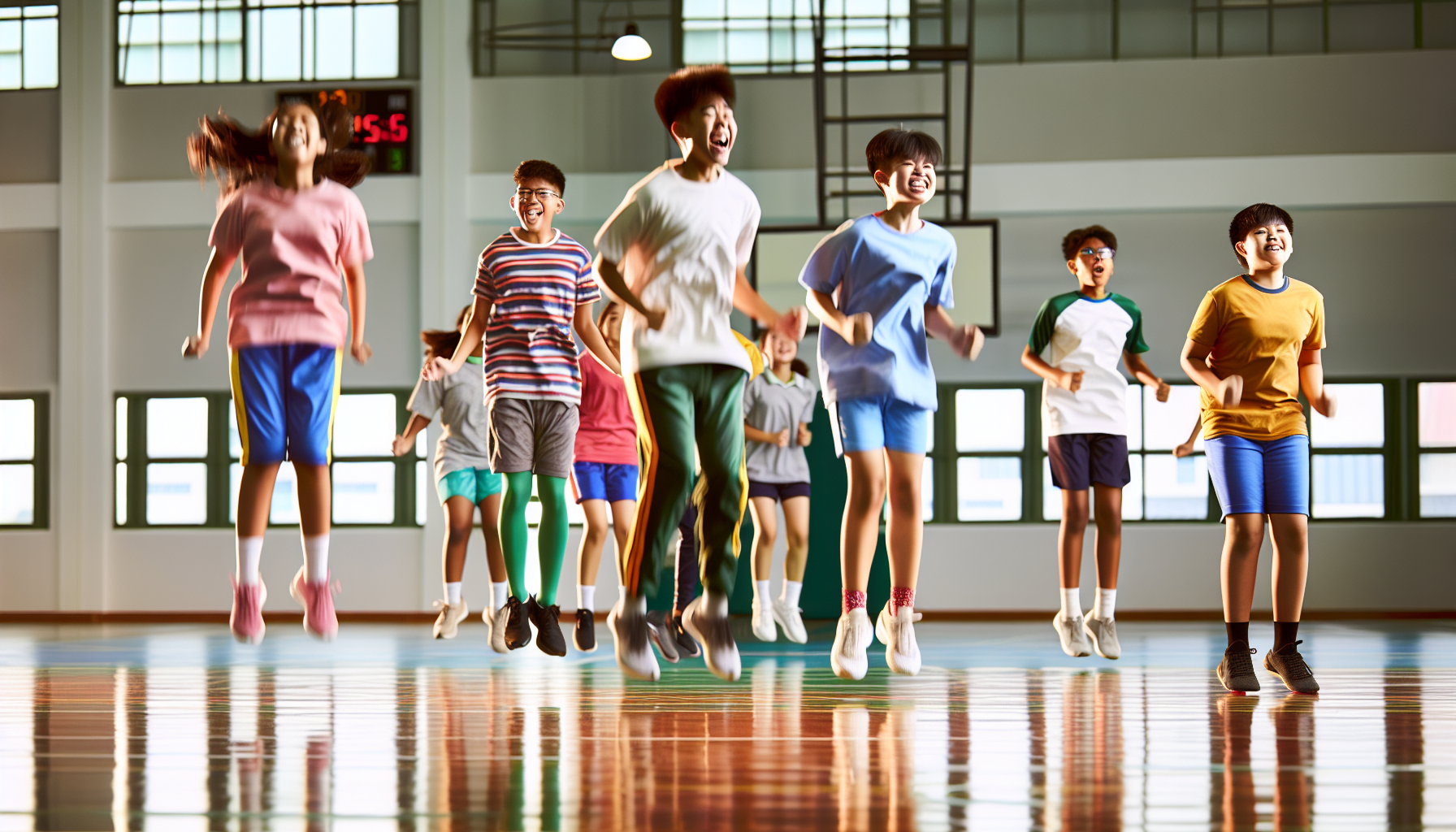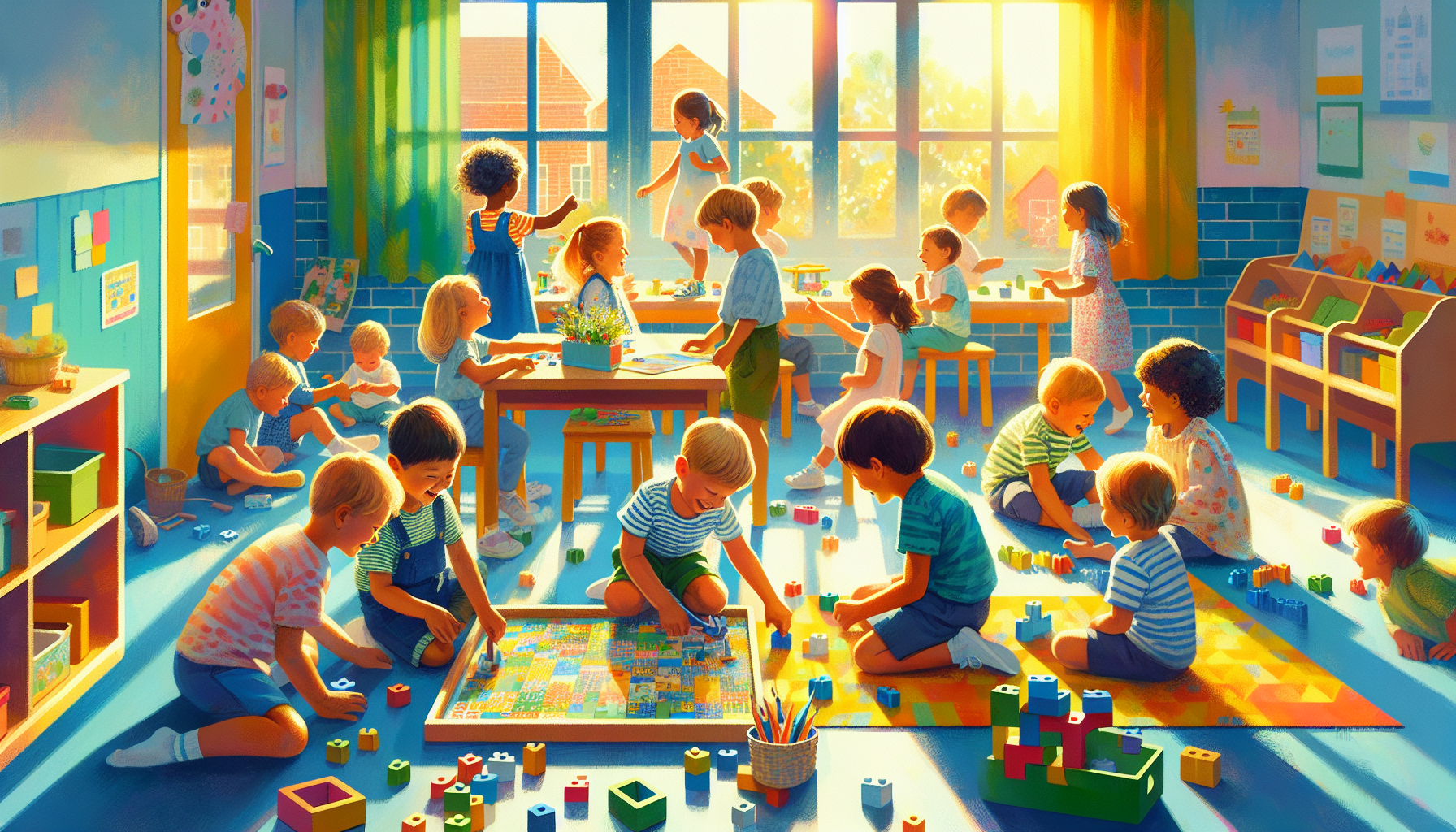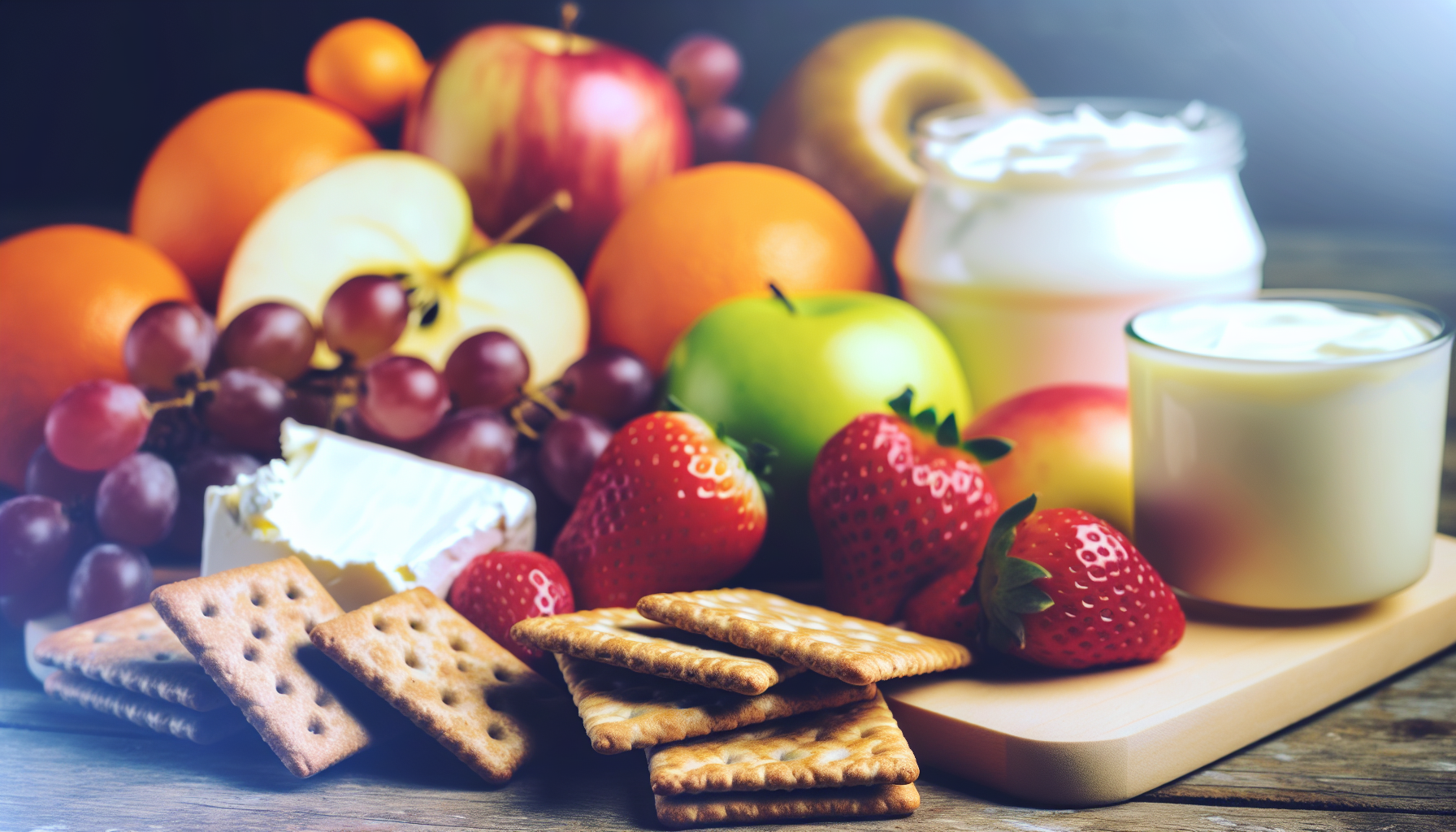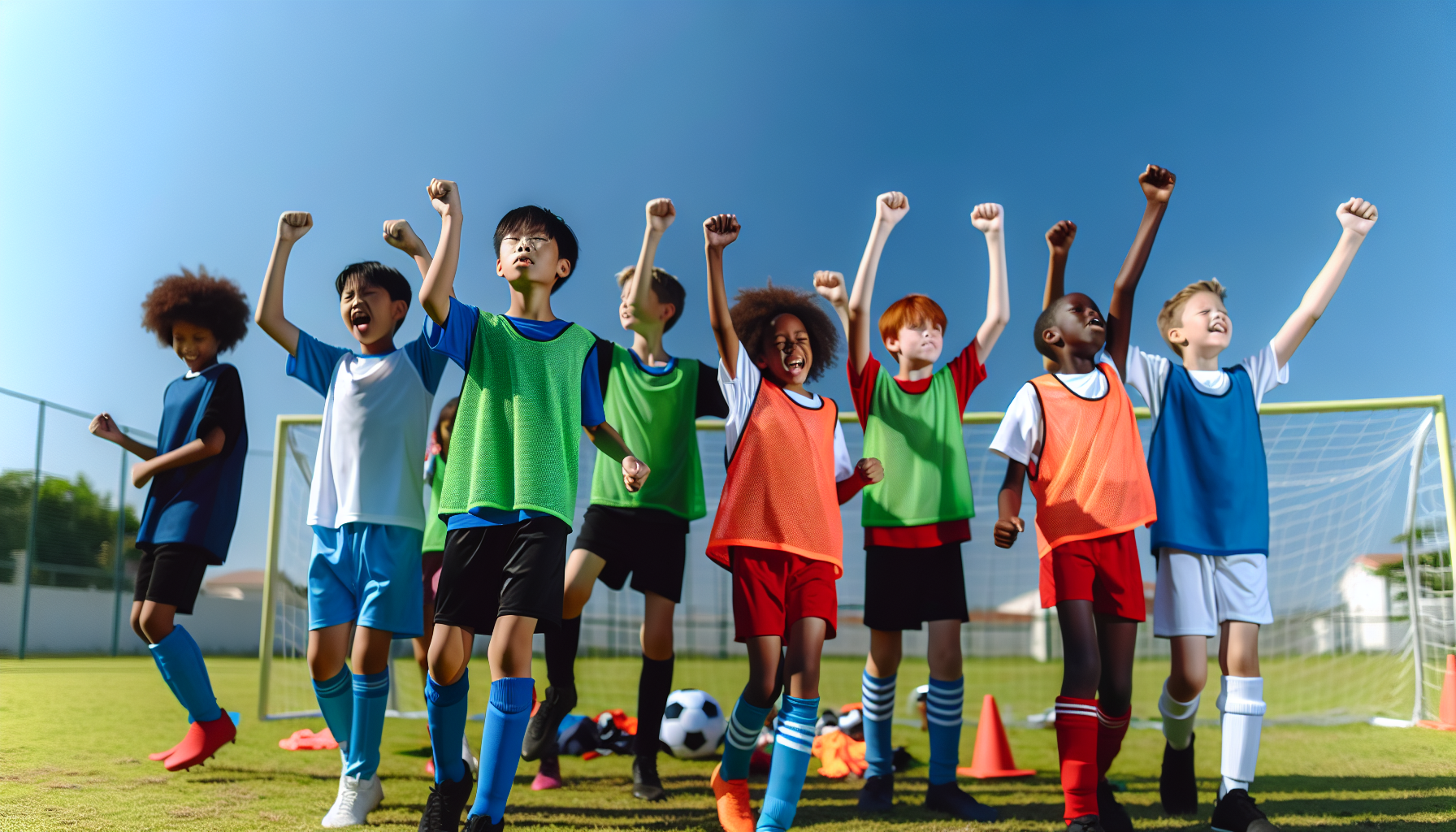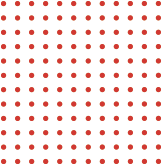In search of activity for preschool that blend fun and learning? You’ll find our top picks to spur your little ones’ curiosity and growth. From hands-on literacy games to inventive math concepts, and creative science discoveries, get ready to enrich your preschoolers’ day with our dynamic selection.
Table of Contents
ToggleKey Takeaways
- Incorporating hands-on activities in preschool education, along with physical activities for youth, enhances children’s learning experiences. This combination improves literacy, creativity, numeracy, and scientific inquiry, fostering a holistic approach to early development. Creative arts like finger painting, making collages and incorporating nature into art foster self-expression.
- Creative arts like finger painting, making collages, and incorporating nature into art foster self-expression and fine motor skills, while interactive math games make early math concepts enjoyable and accessible.
- Physical activities such as animal walks, obstacle courses, and dance parties are essential for preschoolers’ physical development and offer creative ways to learn and refine gross motor skills.
Hands-On Alphabet Activities
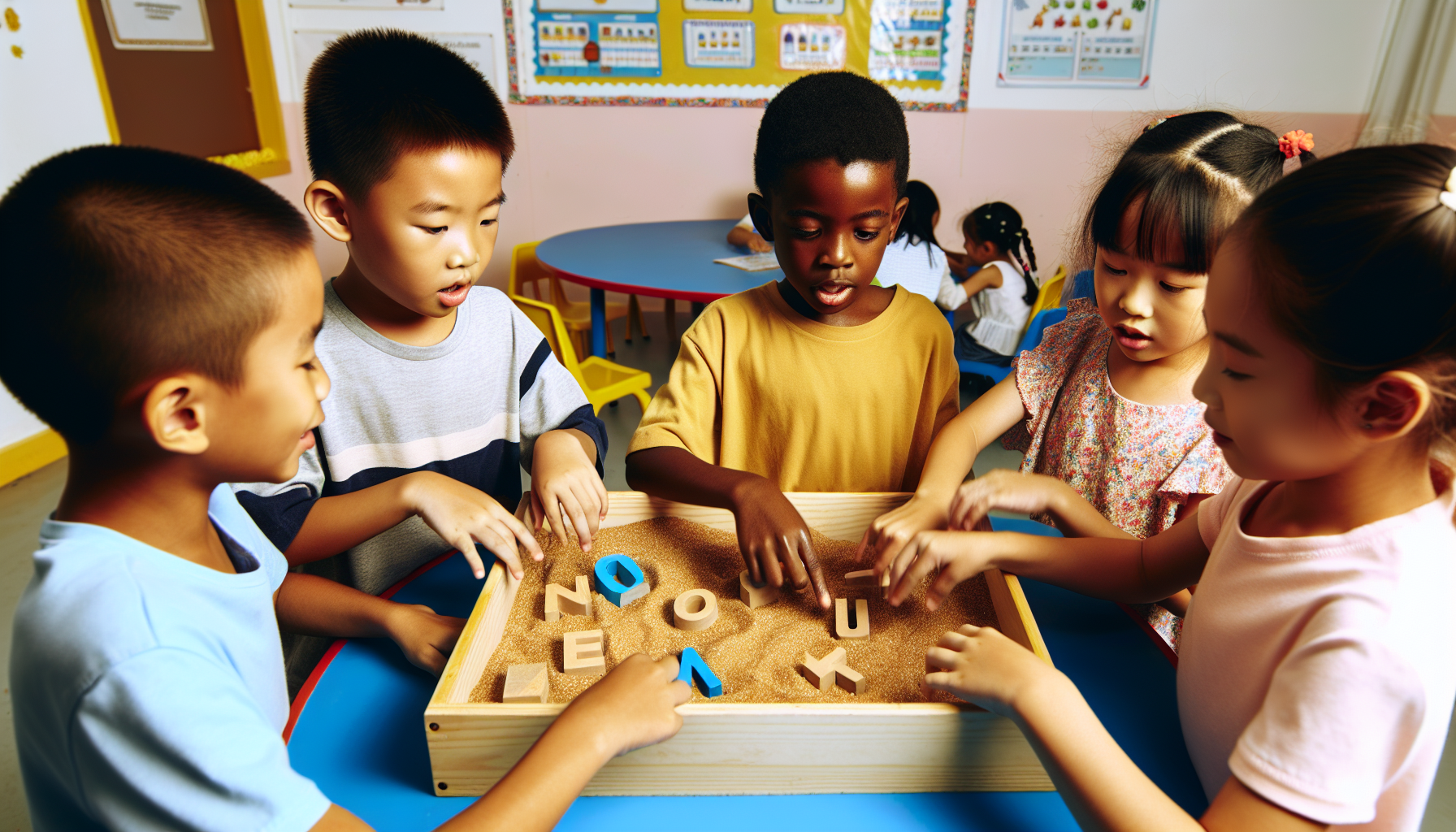
Do you remember how you learned the alphabet? Probably by repetitively writing in your notebooks, right? For today’s preschoolers, learning the alphabet can be a fun, hands-on experience that goes beyond the traditional methods. Activities that involve tracing, matching, and sensory exploration make letter recognition a fascinating adventure for the little ones! By engaging in these activities, children can practice letter recognition and build a strong foundation for their literacy skills.
From tracing letters in the sand to matching them in a game, and even finding them in a sensory bin, there’s a myriad of ways to introduce and reinforce the alphabet. These activities are not just engaging but also contribute significantly to your child’s early literacy development. Without further ado, explore these thrilling hands-on alphabet activities that your preschooler won’t be able to resist!
Letter Tracing with Sand
Imagine your preschooler tracing the letter ‘A’ in a tray of soft sand. As their fingers glide through the sand, they are not just enjoying a sensory experience but also learning and practicing their alphabets. This activity is a wonderful way to develop writing movements and enhance their tactile, visual, and auditory recognition of letters.
Setting up this activity is as simple as:
- Filling a shallow tray with sand.
- Encouraging your child to use two fingers of their dominant hand to trace the letters.
- After tracing, a gentle shake of the tray erases the traced letters, allowing your child to start anew.
To enrich the experience, try using different materials like rice or cornmeal, and even colored sand.
Not just letters, children can also trace numerals or shapes, making it an all-rounded learning activity that enhances their literacy skills.
Alphabet Matching Game
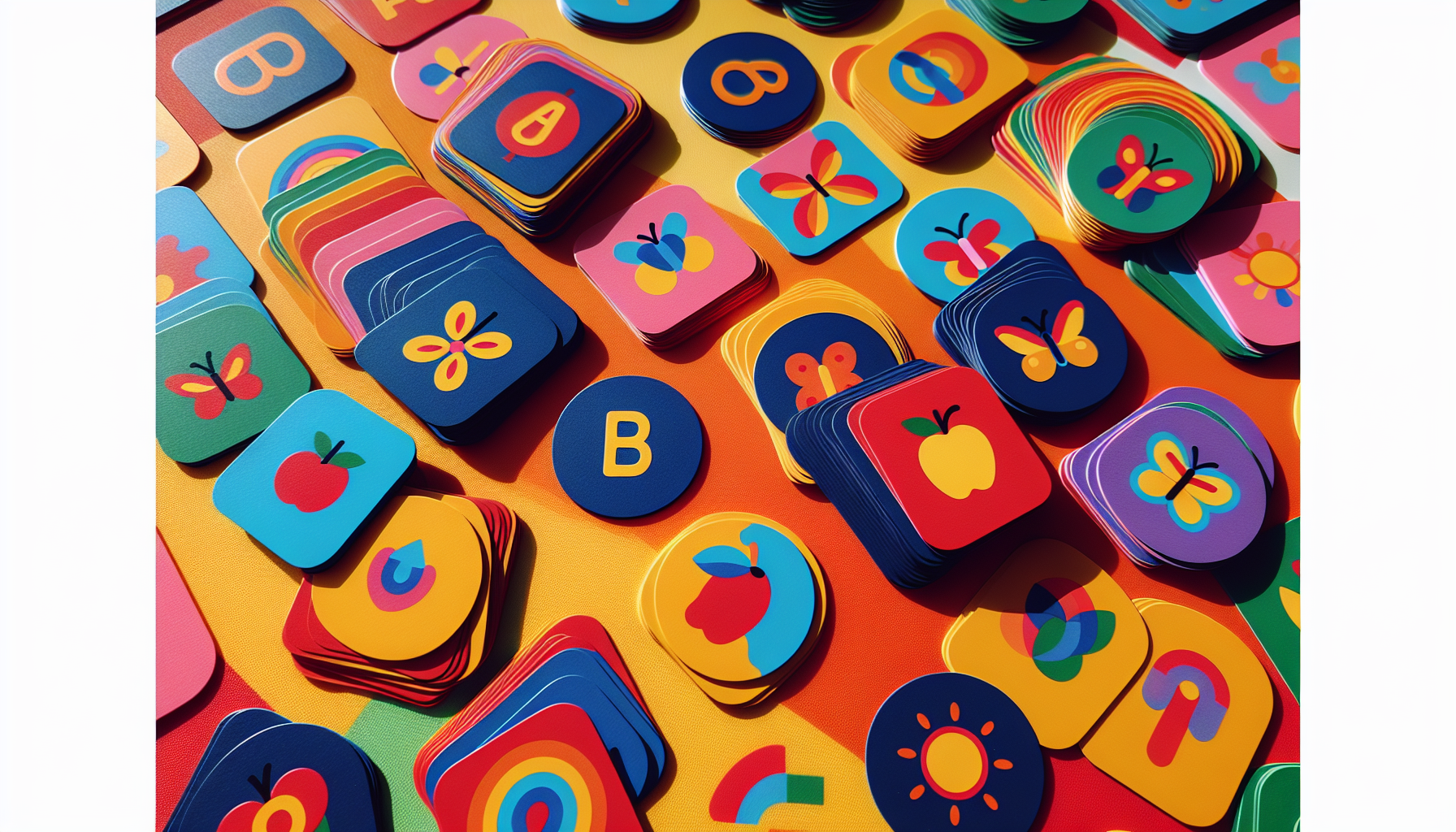
Remember playing memory games during your childhood? Well, let’s take that concept and give it an alphabetic twist. The Alphabet Matching Game is a hands-on activity that aids pre-readers in recognizing letters and exploring their shapes, all while having a blast!
You can set up this game in various ways. For instance, using magnetic letters on a metal surface like a cookie sheet provides a tangible way for preschoolers to engage. Alternatively, you can take this game outdoors with sidewalk chalk. These fun adaptations not only enhance letter recognition but also develop visual discrimination skills, which are crucial for reading fluency.
Sensory Alphabet Bin
Preschoolers love to explore, and what better way to encourage this than with a sensory alphabet bin! This activity involves a bin filled with materials like rice, beans, or pasta with hidden letters for children to find and identify. It’s a fun treasure hunt that also enhances letter recognition!
You can make this activity more exciting by creating themed sensory bins. Think of a space exploration bin with moon rock-like textures or a car wash where letters can be washed off toy cars. Use your imagination to make this activity as fun and engaging as possible. The opportunity for your preschooler to find and identify hidden letters in these unique textures will certainly make learning an adventure!
Creative Art Projects for Preschoolers
Art plays a crucial role in a child’s development. It’s not just about creating beautiful pictures, but also about fostering creativity, encouraging self-expression, and enhancing fine motor skills. Preschoolers can experience a range of art techniques, from finger painting to collage creations and even nature-inspired art projects.
Each art project is designed to provide a unique learning experience. Here are some examples:
- Finger painting: This can help your child express their creativity and improve fine motor skills.
- Collage creations: This can help them explore different textures and materials, enhancing their sensory experience.
- Nature-inspired art projects: These can foster an appreciation for the beauty and variety of nature.
Let’s jump right into the details of these creative art projects.
Finger Painting Fun
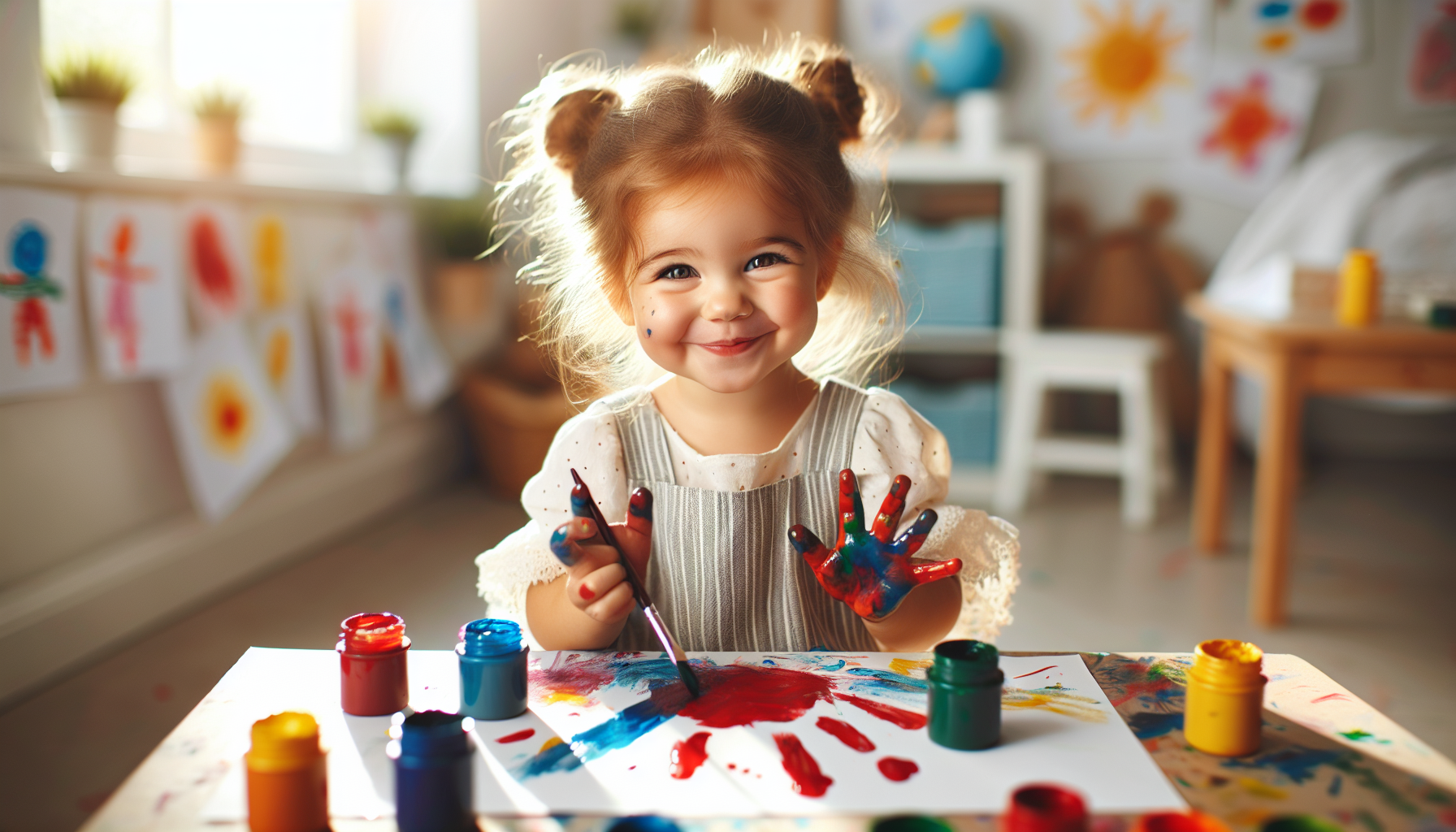
If there’s one activity that’s sure to get your preschooler excited, it’s finger painting. This activity allows children to express their creativity while developing fine motor skills. Imagine your child creating colorful art pieces with just their fingers and some paint!
Finger painting isn’t just about making random strokes on a paper. It’s about storytelling, color recognition, and sensory exploration. Children can create winter tree scenes, cheerful elephants, and even rainbows using their fingers. You can also add texture to the paint with materials like rice, sand, or small beads for a unique sensory experience.
Collage Creations
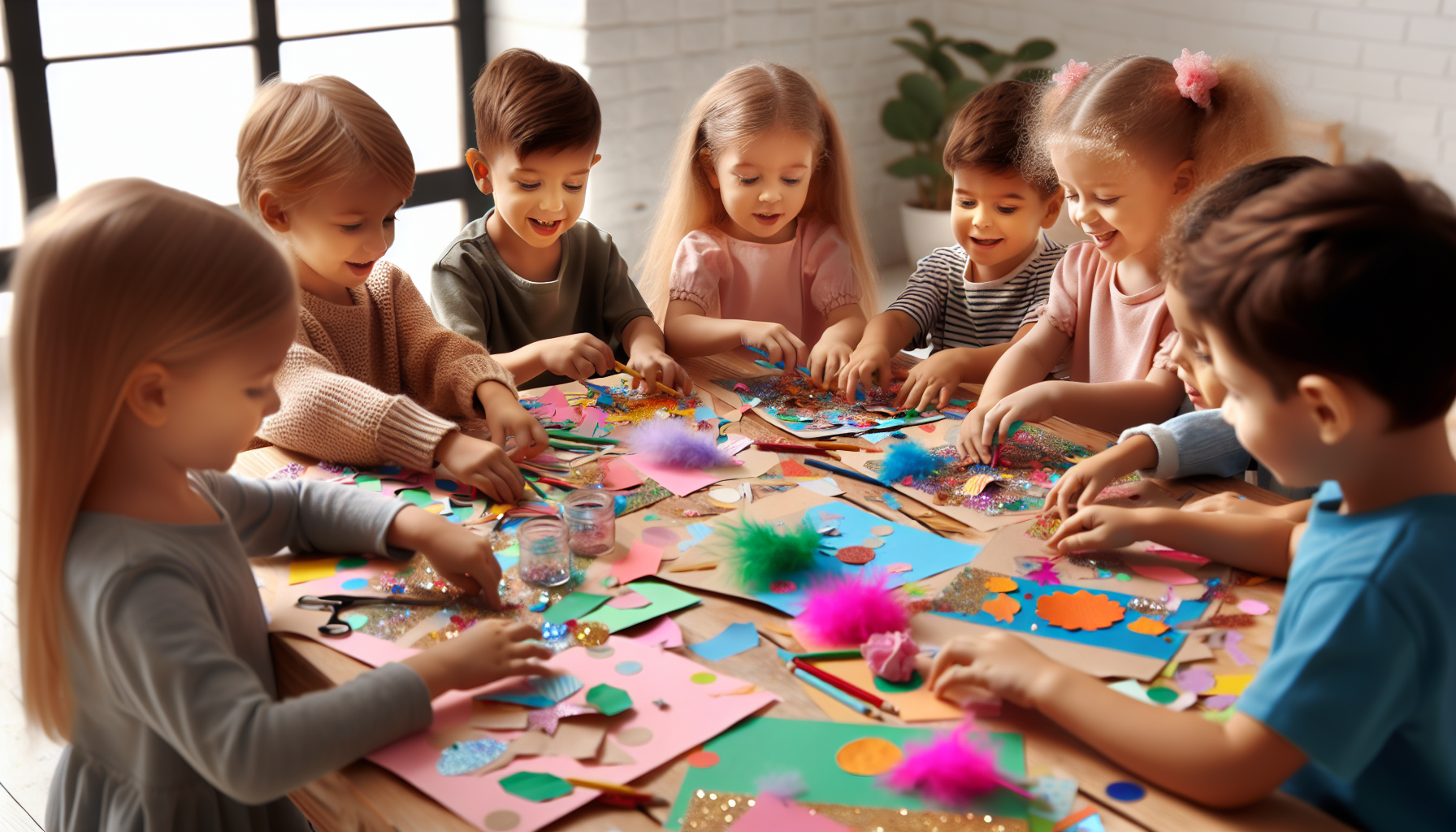
Collage creations are another fun way for preschoolers to express their creativity. This activity involves using a few supplies like various materials such as:
- fabric scraps
- foil
- sponge pieces
- painted paper
Engaging in art activities, including working with play dough, is a great way to create visually appealing art pieces and build fine motor skills. It’s a fun, hands-on way to develop these skills while fostering creativity and enjoying some fine motor fun.
Thematic collage activities include:
- Creating food-themed collages using magazine cutouts
- Arranging a collection of items by color
- Gaining inspiration from famous artists and creating artwork in their style
Engaging in group collage projects fosters collaboration and boosts creativity, making collage creations a must-try art activity.
Nature-Inspired Art
Nature has always been a source of inspiration for artists, and preschoolers are no exception. Nature-inspired art projects introduce children to the beauty and variety of nature using natural materials like leaves, sticks, and flowers.
After an outdoor scavenger hunt, children can create a ‘nature collage’ using the collected natural items. They can also create magic wands with sticks and decorate them with leaves, flowers, and ribbons. Activities like these not only foster a love for nature but also provide a hands-on way to learn about it.
Engaging Math Activities
Math can be a daunting subject for many. But what if you could turn it into a fun, hands-on experience for your little ones? Engaging math activities can help preschoolers understand basic mathematical concepts while having fun. From counting with manipulatives to sorting by color and shape, and even playing simple addition games, math can be just as exciting as any other subject.
These activities are not just engaging but also contribute to your child’s early numeracy development. Now, let’s uncover the joy of these captivating math activities that your preschooler will adore!
Counting with Manipulatives
Counting with manipulatives is a great hands-on activity that aids preschoolers in their understanding of numbers and quantities. It’s as simple as using counting bears or mini erasers to teach sorting, counting, and even making patterns.
Ten frame manipulatives, especially magnetic versions, are effective tools to teach preschoolers about numbers and quantities. Foam dice are also beneficial in math activities to aid with counting, adding, subtracting, and comparing numbers. These hands-on materials make learning math concepts an enjoyable experience.
Sorting by Color and Shape
Sorting by color and shape is another engaging math activity that enhances color recognition and categorization abilities. It’s a simple and fun way to introduce preschoolers to the concept of categorization. You can set up various color sorting activities at centers, engage children in a color hunt, or even use a light table for a visually stimulating learning experience.
Similarly, a 2D shape hunt is an explorative outdoor activity that helps children identify and classify various shapes. All these activities together make learning about colors and shapes a fun and engaging experience.
Simple Addition Games
Simple addition games are a fun way to introduce preschoolers to basic addition concepts. From playing Double Dice War to using UNO cards or a regular playing deck, there are numerous ways to make learning addition a fun experience.
Preschoolers can also use manipulatives like pom poms or toy cars to visualize and understand simple math operations. Activities like these not only make abstract numbers concrete but also make learning math an interactive and engaging experience.
Science Exploration for Preschoolers
Science is all about exploration and discovery, and what better way to introduce it to preschoolers than through hands-on activities! Here are some ideas to get you started:
- Sink or float experiments
- Planting seeds and observing their growth
- Weather observations and recording
- Exploring magnets and their properties
- Making homemade volcanoes and observing chemical reactions
These activities are designed to spark their curiosity and foster a foundational knowledge of scientific inquiry.
Each science exploration activity is designed to provide a unique learning experience. For instance, sink or float experiments introduce preschoolers to basic physics concepts, while planting seeds helps them understand the plant life cycle. Let’s dive into the specifics of these intriguing science exploration activities.
Sink or Float
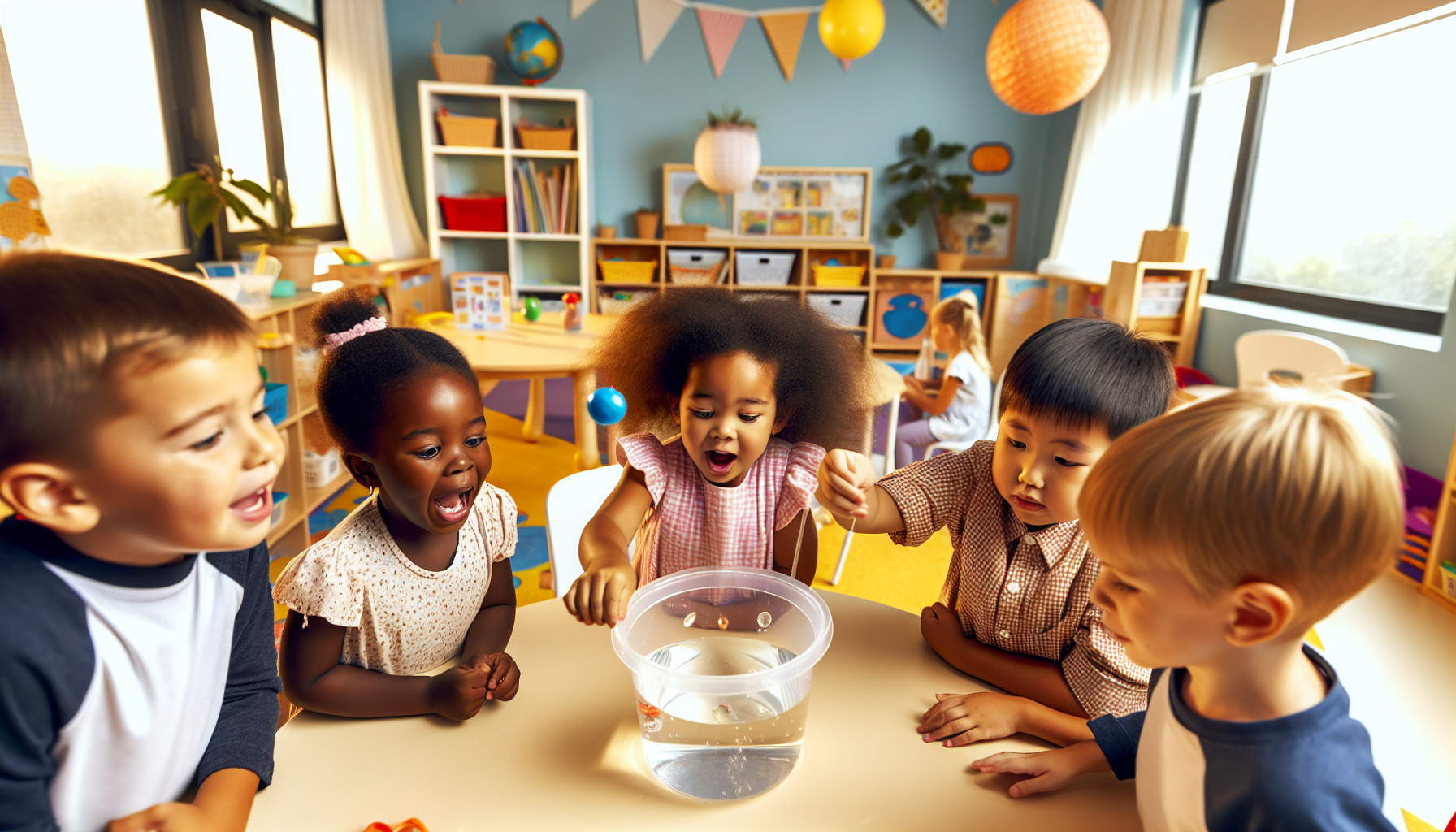
The concept of buoyancy and density might seem complex, but not when you learn it through fun experiments. Sink or float experiments are a simple yet effective way to teach these concepts to preschoolers.
You can set up this experiment using household objects and ask your child to predict whether they will sink or float. This activity doesn’t just teach about buoyancy and density, but also encourages them to make predictions and observe outcomes, thus introducing them to the scientific process.
Planting Seeds
Planting seeds is another engaging science activity that introduces preschoolers to the plant life cycle and seed germination. It’s a hands-on way to learn about nature and its processes.
From creating a seed jar to dissecting a seed, and even observing germination, this activity provides various opportunities for preschoolers to learn about plants. It’s not just about watching a seed grow into a plant, but also about understanding the different stages in the process.
Weather Observations
Understanding the weather is an important part of a child’s education. Weather observation activities introduce preschoolers to weather concepts in a fun and engaging way. From using a thermometer to record temperature changes to creating a simple weather vane to observe wind direction, these activities provide a hands-on way to learn about weather.
Engaging in fun activities like these not only provide a fun learning experience, increasing their knowledge about the world around them, but also spark their curiosity about nature.
Fun Movement Activities
Physical development and gross motor skills are fundamental aspects of a child’s growth, and what better way to promote them than through fun movement activities! From animal walks to obstacle courses and even dance parties, these activities are designed to keep preschoolers active while they learn and have fun.
Each movement activity is designed to provide a unique learning experience. For instance, animal walks help enhance gross motor play and sensory integration, while obstacle courses build gross motor skills and coordination. Let’s take a tour of these engaging movement activities that promise loads of fun.
Animal Walks
Animal walks are a fun and exciting way for children to engage in physical activities. They involve exercises that imitate animal movements, enhancing their gross motor play and sensory integration.
From classic animal walks like the Crab Walk, Bear Walk, and Frog Jumps to more creative ones like Whale Swim and Octopus Wiggles, children can improve their strength, balance, and agility while having fun. Get ready to add a roar of excitement to your child’s playtime with these animal walks!
Obstacle Course
An obstacle course is not just a fun physical activity; it’s also a great way to build gross motor skills and coordination. It involves navigating through various challenges, making it an exciting way to promote physical development.
You can set up an obstacle course using household objects for indoor play or playground equipment for outdoor fun. Encourage your child to design their own course to foster creativity and planning skills. Some ideas for an obstacle course include:
- Jumping over hurdles
- Crawling under tables
- Balancing on a beam
- Climbing over a stack of pillows
- Running through a tunnel
An obstacle course is sure to keep your preschooler active and engaged, making it a fun activity and one of the perfect kids active activities for preschoolers, while also providing an opportunity for kids play.
Dance Party
Music and dance are universal languages that everyone enjoys, including preschoolers. A dance party is a fun way to foster a love for music and rhythm while developing coordination and teamwork.
From the High Five Dance and Remote Dance to the Emoji Dance game, these dance games not only engage children in following a routine but also encourage them to use their creativity to express themselves. So, put on your dancing shoes and get ready to groove with your little ones at their next dance party!
Summary
From fostering letter recognition with hands-on alphabet activities, sparking creativity through art projects, making math fun with engaging activities, awakening curiosity with science explorations, and promoting physical development with fun movement activities, you now have 35 exciting activities for an unforgettable preschool fun and learning experience. Remember, the goal isn’t just to educate but also to make learning a fun, hands-on experience for your little ones. So, are you ready to turn learning into an adventure for your preschooler?
Frequently Asked Questions
What is play activity in preschool?
Play activity in preschool is crucial for children to learn, experiment, and solve problems. It’s important to engage in activities that follow the children’s interests, such as messy play, dress-ups, outdoor play, art and craft, reading, and board games.
How do you engage preschoolers in learning?
To engage preschoolers in learning, encourage back-and-forth exchanges by tuning into their interests and experiences, talking about them, and showing interest in what they say. This creates a responsive and engaging learning environment for young children.
What type of activities are age appropriate for a preschool?
Age-appropriate activities for a preschool include messy play, dress-ups, outdoor play, art and craft, reading, and board games to promote creativity and development in young children.
How do I make my preschool class fun?
Plan fun, short break activities like singing a song, playing a quick game, or doing a DIY activity to keep preschool kids refreshed and ready to learn. Incorporating games, hands-on learning activities, and creating group time can also make learning fun and engaging for children.
How can I make learning the alphabet fun for my preschooler?
You can make learning the alphabet fun for your preschooler by engaging in hands-on activities like letter tracing with sand and alphabet matching games. These activities not only make learning enjoyable but also promote early literacy development.
Share this post: on Twitter on Facebook on Google+

